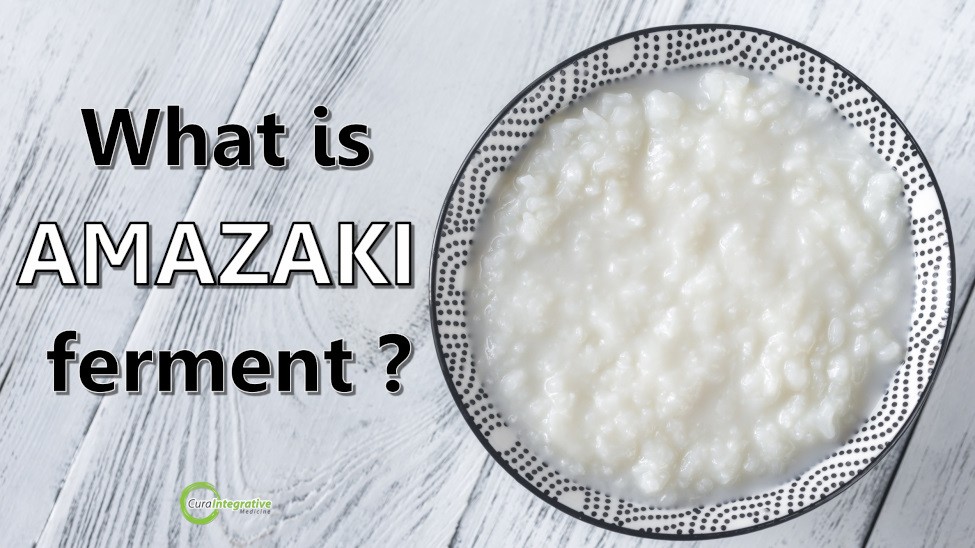Koji is a less known superfood found in a variety of macrobiotic foods. Containing Aspergillus oryzae, koji is used to make foods such as miso, amazaki and tamari. Read More…
![How to Manage Ankylosing Spondylitis (AS) Naturally [Part 2 of 2]](/media/website_posts/70/manage-AS-naturally-2-of-2.png)
How to Manage Ankylosing Spondylitis (AS) Naturally [Part 2 of 2]
Posted 12 Feb '18
AS, or Ankylosing Spondylitis is one type of arthritis that targets the spine or the vertebrae, fusing them together. On the first part of the series, the signs and symptoms, and the complications were discussed, along with what AS is. Please read part 1 if you haven’t done so yet.
What are the cause and risk factors?
The exact cause hasn’t been identified but it is known to be brought by environmental and genetic factors. Having the HLA-B27 gene increases the risk of getting AS or a different kind of spondyloarthritis. Although being the carrier of the said gene doesn’t mean one will most certainly get diagnosed with AS. These risk factors will determine the possibility of acquiring the disease:
- Carrying the HLA-B27 gene
- Family has a history of AS
- Being Male
- Teens, 20’s or 30’s
- Diagnosed with a related condition or disease, such as ulcerative colitis, psoriasis, or Crohn’s disease
- Ethnicity of any of the following: Native American (descended from certain tribes), Siberian, Eskimo, Alaskan, Scandinavian Lapps, other unique ethnicity.
Natural Management
AS may bring forth severe pain and problems being mobile but it is fitting to know that it can be managed naturally. While it is best to consult with a Practitioner, here are some natural strategies to manage the symptoms:
- Exercise. Daily exercise is crucial for patients diagnosed with AS. It can reduce the pain, and improve mobility and posture, and even help maintain flexibility. Moreover, regular workout will help maintain a healthy weight.
- Good posture habits will help prevent the spine from fusing in a deformed position.
- Heat/cold compress that help relieve pain and inflammation.
- Acupuncture. Make sure that the acupuncturist is a professional and a traditional acupuncturist is preferred over just “dry needling”!
- Physical therapy and therapeutic massage. Find a therapist who is familiar with the condition. Therapy may reduce stress and temporarily relieve pain and stiffening, and increase flexibility. Physical therapists may help with posture and mobility.
- Diet. Diets that are low in calories, fat, and protein, or those that are high in alfalfa, zinc, or those that are help strengthen the immune system, may be harmful to patients with AS. Avoid alcohol, increase calcium and vitamin D. A diet rich in fruits, vegetables, and whole grains, and avoid processed foods. Drink 8 to 10 glasses of water daily.
- Folate and probiotics. Some drugs that are given to treat AS may affect the liver and gut. Folic acid or active-culture yogurt can support the body against these side effects.
- Quit smoking. Smoking strains the lungs and makes it even harder for the patient to breathe.
- Healthy weight. Observe if patient is experiencing a rapid change in weight. Consult a Practitioner if help is needed to attain a healthy weight.
- Switch to gadgets that assist when movement is limited. For example, using a long-handled shoehorn to put on shoes. Using a cane or walker when walking has become a challenge.
- Adjust surroundings to accommodate accordingly. Adjust heights of desks or chairs, if patient is having difficulty sitting, or is in a stooped fashion.
It is important to consult with a practitioner if you suspect that you or someone you know may have Ankylosing Spondylitis in order to properly assess and manage the disease, and make sure that the patient will be in optimal health.





